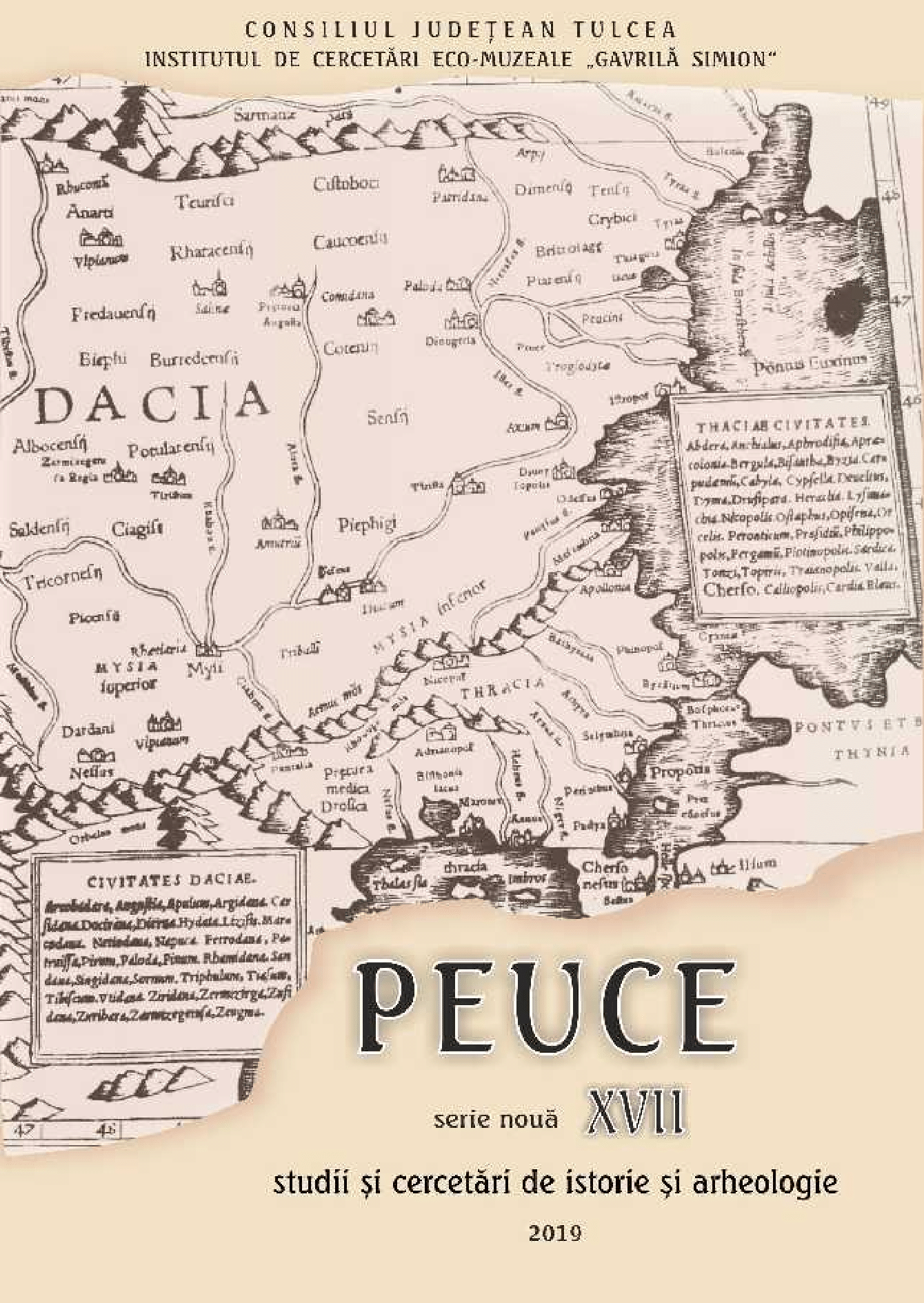Analizele compoziției metalice a pieselor de harnașament și mărgelelor de argint de la Agighiol și comparația lor cu monedele histriene
de argint de la Capul Dolojman
Analysis of metal composition of the silver harnesses parts and beads from Agighiol in comparison with the silver Histrian coins from Cap Dolojman / Orgame
Author(s): Emilian Teleagă, Migdonia Georgescu, Gheorghe Alexandru NiculescuSubject(s): History, Archaeology
Published by: Institutul de Cercetari Eco-Muzeale Tulcea - Institutul de Istorie si Arheologie
Keywords: Archaeology; Iron Age; Silver metallurgy;
Summary/Abstract: The X-ray fluorescence analyses of 19 harnesses pieces and 13 beads from Agighiol show that they were made from silver, gold and copper; some items include copper to strengthen the alloy and some phalerae were gilded and contain more gold in the protome. The X-ray fluorescence analyses of ten Histrian obols from the first stylistical and weight system (475-410 BC), plus three didrachmas and 26 obols of the second group (410-380 / 350 BC) show that they were made principally of silver. The earlier obols contain a higher percentage of copper and lead than the later obols; the copper and lead do not indicate an intentional alloying, but they belong to the process of extraction of silver from ores, because the silver was not purified. The phalerae and the beads differ from the coins in the proportions of gold and silver, differences that can be explained functionally and technologically: most of the phalerae were gilded, but the coins were made using pure silver. The coins and the phalerae differ with regard to trace elements, from example iron and bismuth, because of the different original ores from which the silver was extracted. The phalerae and coins could not have been cast using Histrian silver coins.
Journal: Peuce (Serie Nouă) - Studii şi cercetari de istorie şi arheologie
- Issue Year: 17/2019
- Issue No: 17
- Page Range: 7-26
- Page Count: 20
- Language: Romanian

